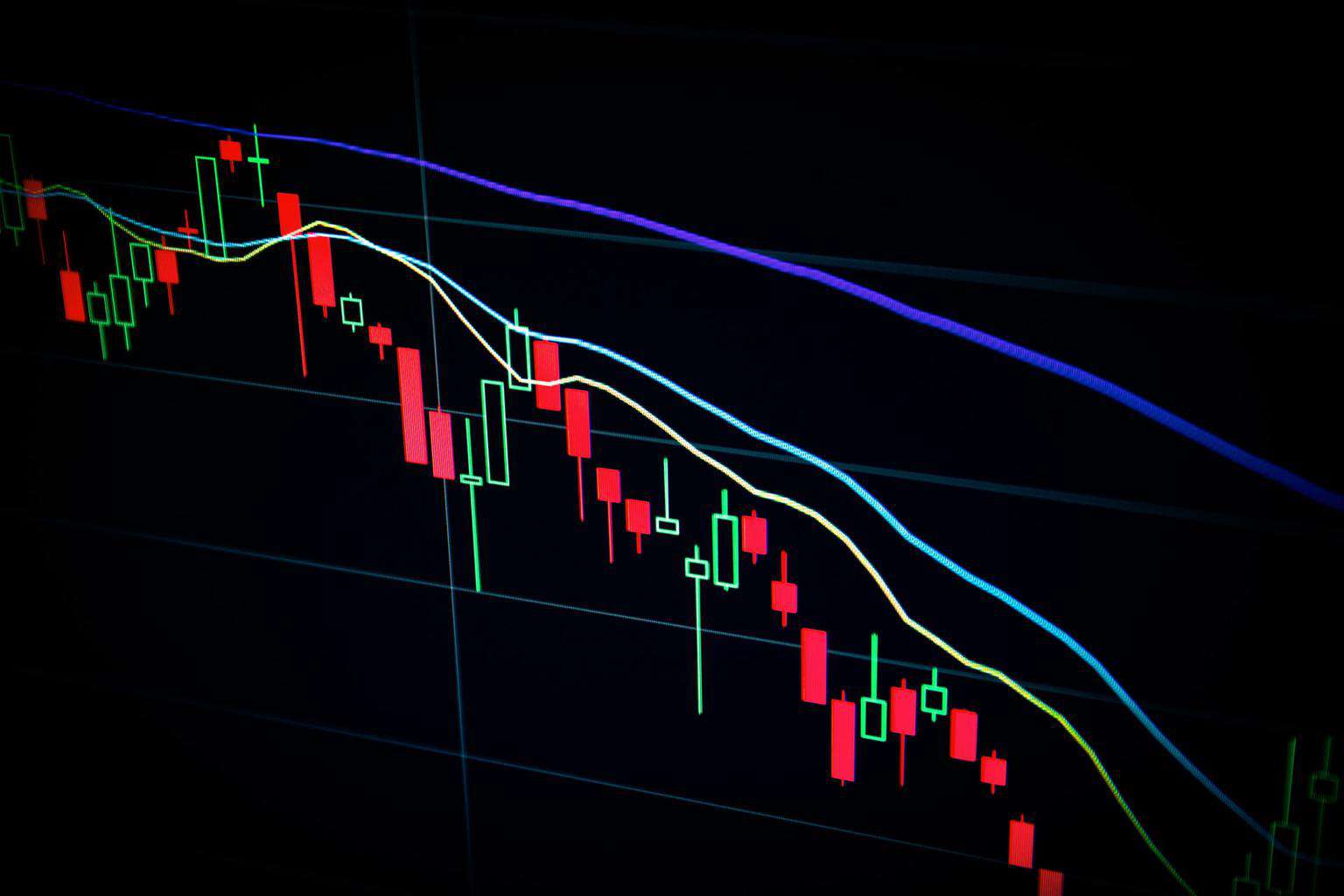
20 Jun What Is VIX
Table of Contents
What Is the Cboe Volatility Index (VIX)
What is VIX? The CBOE Volatility Index, or VIX, is created by the Chicago Board Options Exchange (CBOE), which shows the market’s expectation of 30-day volatility. It’s constructed using implied volatilities of a wide range of S&P 500 index options. This is meant to be a proxy for the level of risk in the market.
The VIX was introduced in 1993 and has become one of the most widely followed market risk measures. The vast majority of trading in VIX options and futures takes place on the CBOE.
VIX options and futures are traded on the CBOE with the VIX ticker. The underlying asset for VIX options is the VIX index, which is also traded on the CBOE with the ticker symbol VX.
How to Trade the VIX
 There are a few different ways to trade the VIX. The most direct way is buying or selling VIX futures contracts on the CBOE. These contracts trade with the ticker symbol VX and settle in cash.
There are a few different ways to trade the VIX. The most direct way is buying or selling VIX futures contracts on the CBOE. These contracts trade with the ticker symbol VX and settle in cash.
Another way to trade the VIX is through exchange-traded products (ETPs). ETPs are securities that track an underlying asset, in this case, the VIX index. Several ETPs track the VIX, including exchange-traded notes (ETNs) and exchange-traded funds (ETFs).
The simplest way to trade the VIX is through ETNs, unsecured debt instruments that trade on an exchange like a stock. The most popular VIX ETN is the iPath S&P 500 VIX Short-Term Futures ETN (VXX). This ETN tracks a portfolio of VIX futures with a weighted average maturity of one month.
ETFs are similar to ETNs but are structured as funds and are required to hold the underlying assets they track. For example, the largest and most popular VIX ETF is the VelocityShares Daily Inverse VIX Short-Term ETN (XIV). This ETF provides exposure to a portfolio of VIX futures with a weighted average maturity of one month but with an inverse relationship. That means that when the VIX goes down, XIV goes up, and vice versa.
Several VIX ETPs track longer-term VIX futures contracts. These products include the ProShares Ultra VIX Short-Term Futures ETF (UVXY) and the VelocityShares Daily Inverse VIX Medium-Term ETN (ZIV).
How Does the VIX Work
What is VIX? The VIX is a measure of implied volatility, which is the market’s expectations for future volatility. Implied volatility is derived from option prices, a function of underlying asset prices.
The VIX index is calculated using a specific formula that considers the prices of S&P 500 index options with different expiration dates. The expiration dates used in the calculation are typically 30 days apart.
The VIX index is a forward-looking measure of volatility, meaning it is an estimate of future volatility. It is not a measure of actual or historical volatility.
The VIX index is often quoted as a percentage between 10% and 20%. A reading of 10% would indicate low expected volatility, while a reading of 20% would indicate high expected volatility.
Why Is the VIX Important
 The VIX is important because it provides information about market risk. When the VIX is high, it means that investors are expecting increased volatility in the market and are, therefore, more risk-averse. Conversely, when the VIX is low, investors expect less volatility in the market and are, therefore, more risk-seeking.
The VIX is important because it provides information about market risk. When the VIX is high, it means that investors are expecting increased volatility in the market and are, therefore, more risk-averse. Conversely, when the VIX is low, investors expect less volatility in the market and are, therefore, more risk-seeking.
The VIX can also be used as a tool for hedging portfolios. For example, when the VIX is high, options prices are also high. This provides an opportunity to buy put options on stocks, which will increase in value if the stock price falls.
Conversely, when the VIX is low, options prices are also low. This provides an opportunity to buy call options on stocks, which will increase in value if the stock price rises.
The VIX can also be used to trade futures contracts and exchange-traded products that track the VIX index. These products can be used to speculate on future changes in volatility or to hedge against them.
What Are the Risks of Trading the VIX
What is VIX, and what are some risks associated with trading the VIX. First, the VIX is a forward-looking measure that is subject to change. Second, the VIX is based on S&P 500 index options, which means it may not represent other assets.
Third, several different products track the VIX, each with its risk profile. Finally, the market for VIX-based products is relatively new and, therefore, relatively illiquid. These risks should be considered before investing in any VIX-based product.
What Are the Benefits of Trading the VIX
The VIX is an important tool for gauging market risk and can be used to trade futures contracts and exchange-traded products.
The benefits of trading the VIX include:
- The VIX provides information about market risk.
- The VIX can be used as a tool for hedging portfolios.
- The VIX can be used to trade futures contracts and exchange-traded products.
- The VIX is a forward-looking measure subject to change.
- The VIX is based on S&P 500 index options, which means it may not represent other assets.
- Several different products track the VIX, and each has its risk profile.
- The market for VIX-based products is relatively new and, therefore, relatively illiquid.
- The VIX can be used to speculate on future changes in volatility.
- The VIX can be used to hedge against future changes in volatility.
- The VIX can be used to trade options on the S&P 500 index.
How Do You Calculate the VIX
 The VIX index is calculated using a specific formula that considers the prices of S&P 500 index options with different expiration dates. The expiration dates used in the calculation are typically 30 days apart.
The VIX index is calculated using a specific formula that considers the prices of S&P 500 index options with different expiration dates. The expiration dates used in the calculation are typically 30 days apart.
To calculate the VIX, you first need to find the prices of S&P 500 options with different expiration dates. These prices can be found on many websites, including the CBOE website.
Once you have the option prices, you must input them into the VIX formula. The exact formula is:
VIX = √((Σ(ST – F)^2 * PV(d1)) / (n * Σ(ST – F)^2)) * 100
Where:
ST is the price of the S&P 500 option with the shortest expiration date.
F is the price of the S&P 500 index.
PV(d1) is the present value of 1 day’s interest.
n is the number of days until expiration.
Σ(ST – F)^2 is the sum of the squares of the differences between ST and F.
What is the VIX formula and why is a bit complicated, but you can use an online calculator to input the option prices and calculate the VIX index.
Once you have calculated the VIX, you can compare it to historical levels to see if it is high or low. You can also use the VIX to trade futures contracts and exchange-traded products.



No Comments